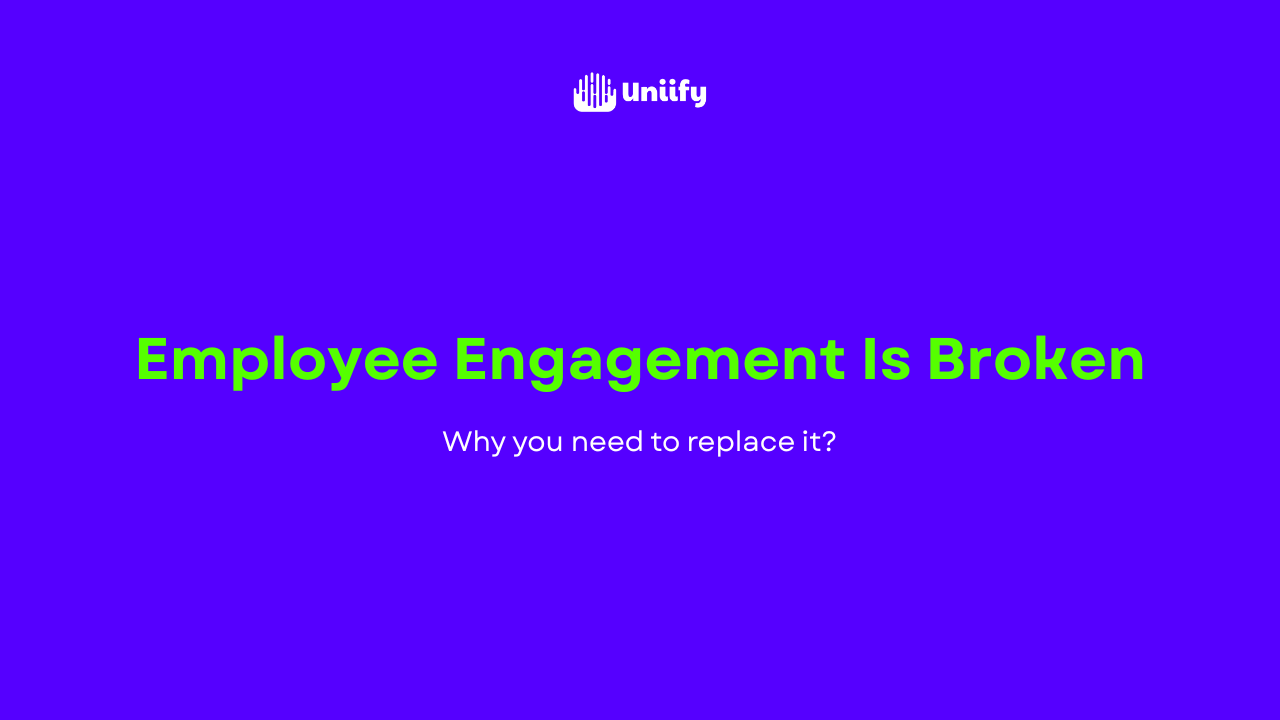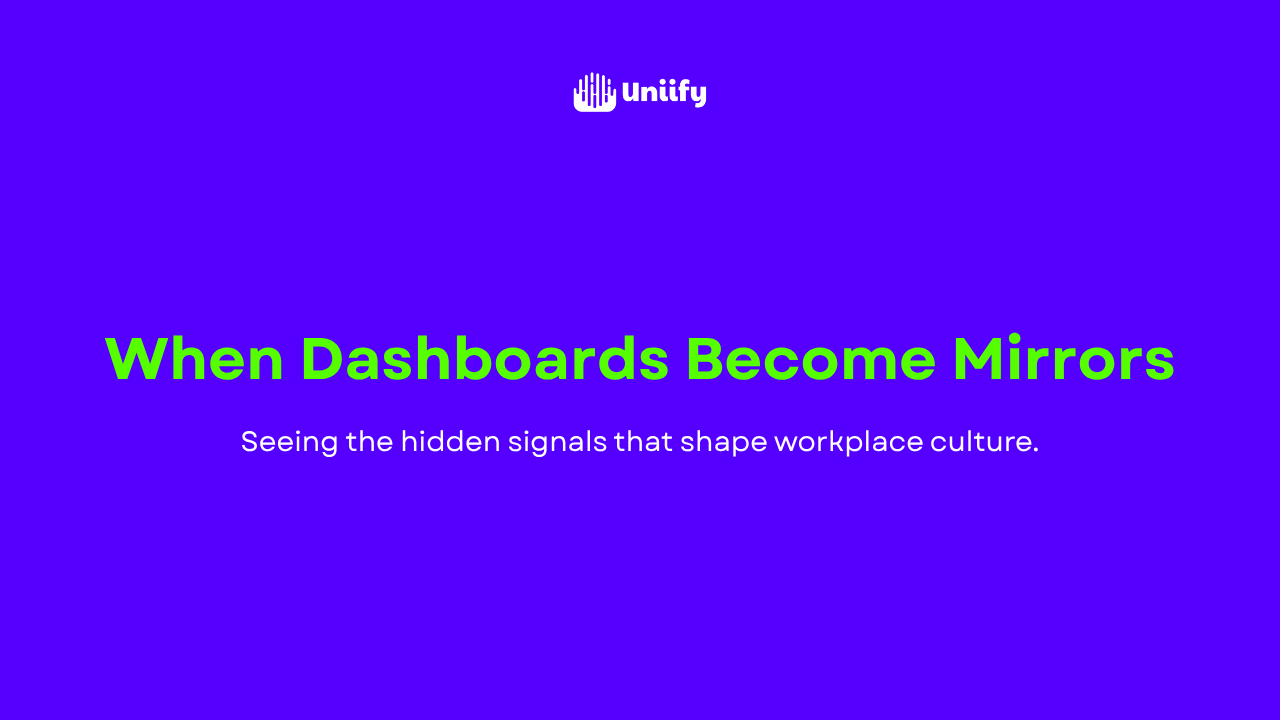If employee engagement truly worked, we wouldn’t still be talking about it.
After decades of surveys, town halls, and engagement initiatives, global engagement levels have barely moved.
Despite all the data, dashboards, and strategies — employees still feel unheard, unseen, and unmotivated.
The truth is simple but uncomfortable: traditional engagement is broken.
Not because leaders don’t care, but because the model was built for a workplace that no longer exists.
Engagement Was Designed for a Different Era
The original idea of engagement was born in the industrial and early corporate age — when stability was valued more than creativity, and loyalty was measured by tenure.
Back then, engagement meant enthusiasm for the job, alignment with the company, and willingness to go the extra mile.
It was a tidy metric for a tidy world.
But today’s workplace is anything but tidy.
Hybrid teams, emotional burnout, social change, and rapid digital transformation have made “engagement” a moving target.
You can’t measure modern human emotion with yesterday’s tools.
The Engagement Illusion
Most engagement programs look impressive on the surface — surveys, dashboards, campaigns, leaderboards — but here’s the problem:
They track participation, not connection.
They measure sentiment, not meaning.
Employees aren’t disengaged because they don’t care. They’re disengaged because the system doesn’t listen deeply enough.
We’ve mistaken measurement for understanding, and reporting for action.
That’s the engagement illusion — the comforting idea that once you’ve gathered feedback, you’ve done your job.
But listening without responding only breeds silence.
The Core Problems with Traditional Engagement
Let’s call out the real issues:
- It’s too episodic.
- Annual surveys can’t capture how people feel week to week. Emotions change faster than HR calendars.
- It’s too top-down.
- Most engagement initiatives are leader-driven, not employee-shaped. They tell people what to feel instead of asking what they need.
- It’s too transactional.
- Rewards, perks, and recognition programs are treated as fixes — but they only work when they connect to genuine culture, not points.
- It’s too slow.
- By the time data reaches decision-makers, the reality on the ground has already shifted.
That’s why traditional engagement feels like trying to hug a shadow — you can see the outline, but you can’t hold it.
What’s Replacing It: Everyday Experience
The future of engagement isn’t engagement at all. It’s experience.
Employee Experience (EX) focuses not just on how employees respond, but how they live their work every day.
It’s about designing the environment — emotional, social, and digital — where people can naturally connect, contribute, and care.
Where engagement measures moments, experience designs them.
Here’s what defines the new model:
- Continuous Listening
- Real-time emotional pulses, open feedback loops, and sentiment analysis help leaders act before disengagement deepens.
- Human-Centered Design
- Experience platforms like Uniify treat employees as participants in culture, not subjects of measurement.
- Integrated Wellbeing
- Physical, mental, and emotional wellbeing are part of work design — not side programs.
- Micro-Moments of Connection
- From peer recognition to small rituals of care, engagement becomes organic, not orchestrated.
This is what replaces engagement: Everyday Experience — the living system of connection, care, and continuous feedback.
The Everyday EX Connection
Uniify’s Everyday EX framework (Listen. Engage. Care. Empower. Recharge.) isn’t a replacement for engagement — it’s an evolution.
It takes the best of what engagement tried to do and grounds it in the rhythm of daily work.
It turns feedback into foresight, surveys into stories, and programs into practices.
When organizations stop chasing engagement and start designing experience, they finally stop managing emotion — and start earning trust.
The Uniify Perspective
At Uniify, we believe engagement was never the problem — its design was.
Our platform helps organizations operationalize the Everyday EX framework by integrating listening, wellbeing, recognition, and empowerment into one continuous loop.
Because culture isn’t built once a year. It’s built every day.
Human Signature
Employees don’t remember the survey you sent.
They remember the silence that followed — or the action that didn’t.
In Essence
- Engagement as we know it is outdated.
- Traditional strategies measure participation, not connection.
- The future lies in designing everyday experiences, not annual campaigns.
- Everyday EX replaces episodic engagement with emotional continuity.
That’s why we built Uniify — to make Everyday EX real, measurable, and human.








